Witness the traditional charm of Japanese cafes, the daily romance of Showa style cafes
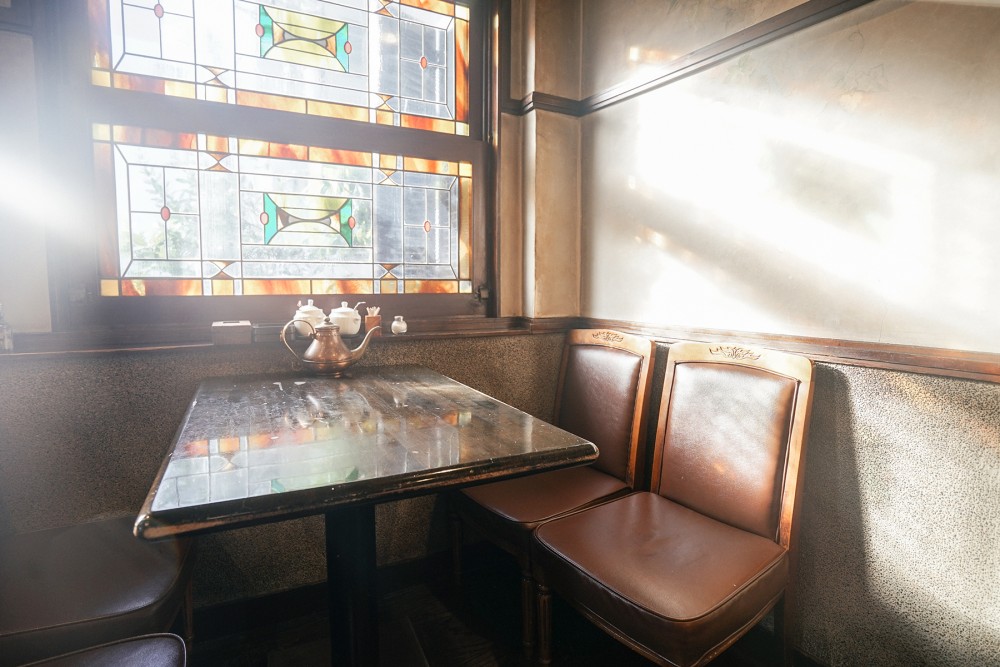
For professional baristas, please follow the coffee workshop (Wechat official account cafe_style)
Text. Photo / This is Chez
It's not easy to have a chance to travel to Japan. For coffee lovers, which coffee is you most looking forward to? Perhaps the first choice for many people is blue bottle coffee from the west coast of the United States. After all, this has brought about the third wave of coffee in the world, which has brought about considerable changes in the coffee culture of the whole of Japan. One new type of coffee shop after another emphasizes the aroma of fruity and floral coffee, the slightly sour taste of shallow roasting, and the atmosphere brought up by the hands of the staff on the spot is indeed an attractive factor.
Of course, there are many brand-new cafes to look forward to, but for me, visiting the more local Showa style teahouses and old cafes has more stories and atmosphere. Especially in the Kansai region, Osaka, Kyoto and other places, these cities with more history and culture, there are many cafes with strong Showa flavor in the lanes, which have gone through decades of generational changes to accompany the people in the neighborhood to live and grow. Whether it is architecture, space, and even taste and human feelings, are more traditional Japanese charm.
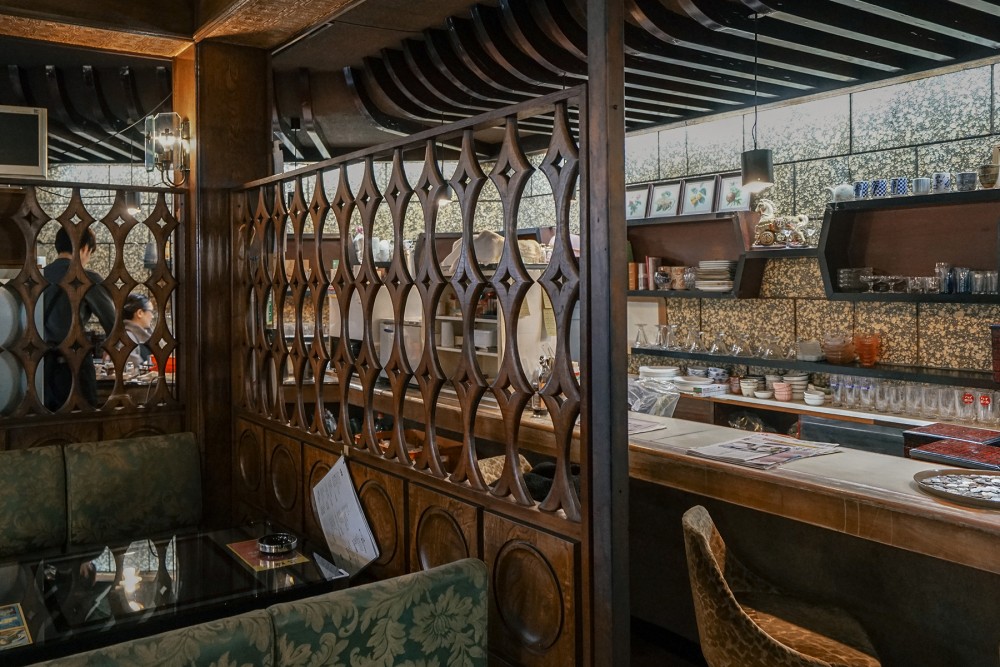
Tea jade on Beida Road in Kyoto
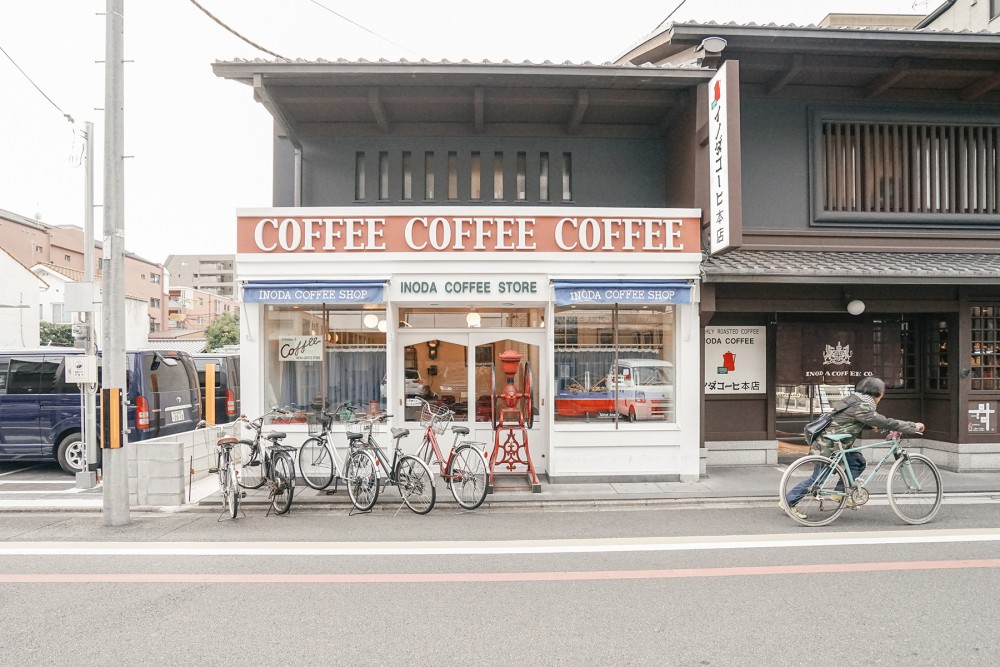
Kyoto Santiao, INODA Coffee
Wood-toned decoration with historical stains and slightly dim warm lights seem to be the style of this kind of cafe. Not to mention baking coffee beans at home has always been a must-have job in many old stores. From the beginning of raw beans to master the exclusive flavor and taste, once done is 30 years to take off, with the baking aroma, it is common to find the store.
This kind of old shops, which have been open since the Showa era, are the real Japanese coffee, mainly deep-roasted coffee, with bitterness and sweetness. The old master boiled every cup of home-made taste with flannel filter cloth or racing kettle, which is also the real kung fu acquired over the past few decades. As soon as the time comes every day, the neighbors report on time, have a few pleasantries with the shopkeeper, and easily read newspapers, gossip weeklies, and so on, which is also a kind of comfort.
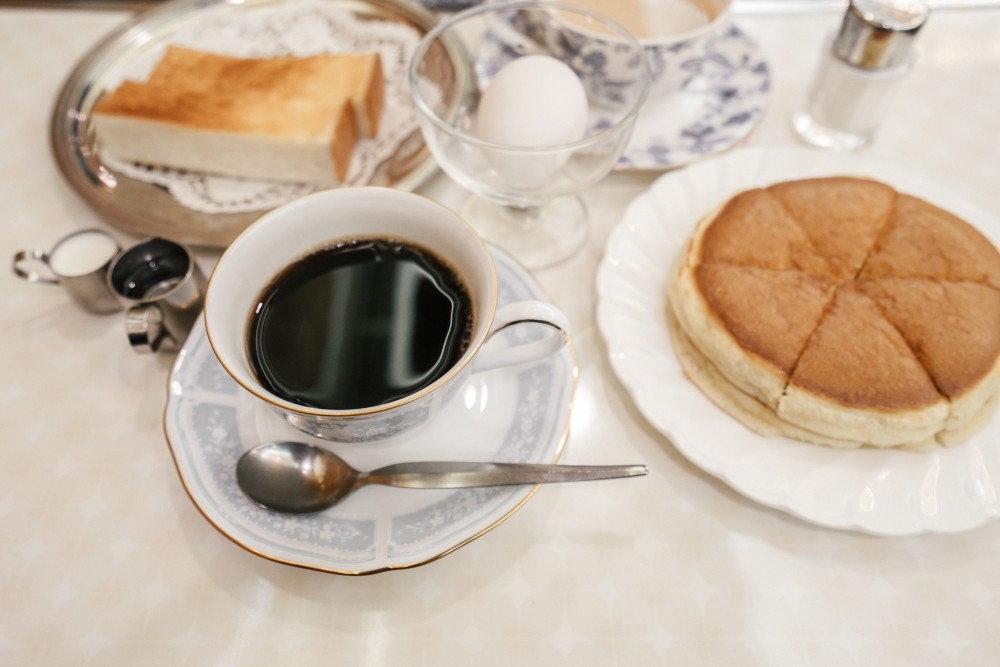
The American in Dalton, Osaka, with coffee muffins, is a basic entry point.
Originated from the breakfast culture of cafes in central China.
In Nagoya, located in central Japan, coffee culture is thoroughly integrated into the life of the local people, like the existence of a second home. Since the reign of Showa, there has been a super-value combination of ordering a cup of coffee with a simple breakfast during the breakfast period. Although it is only toast and boiled egg (each shop may be a little different), it is already very warm. The breakfast culture, known as "bread cuisine", has become more and more popular from the central region, and many other areas often eat tea shops and cafes with the same service. Like chain stores all over the country, the same is true of KOMEDA coffee shops, which have been providing this intimate service for many years and start the day when every customer is energized with human delicacies.
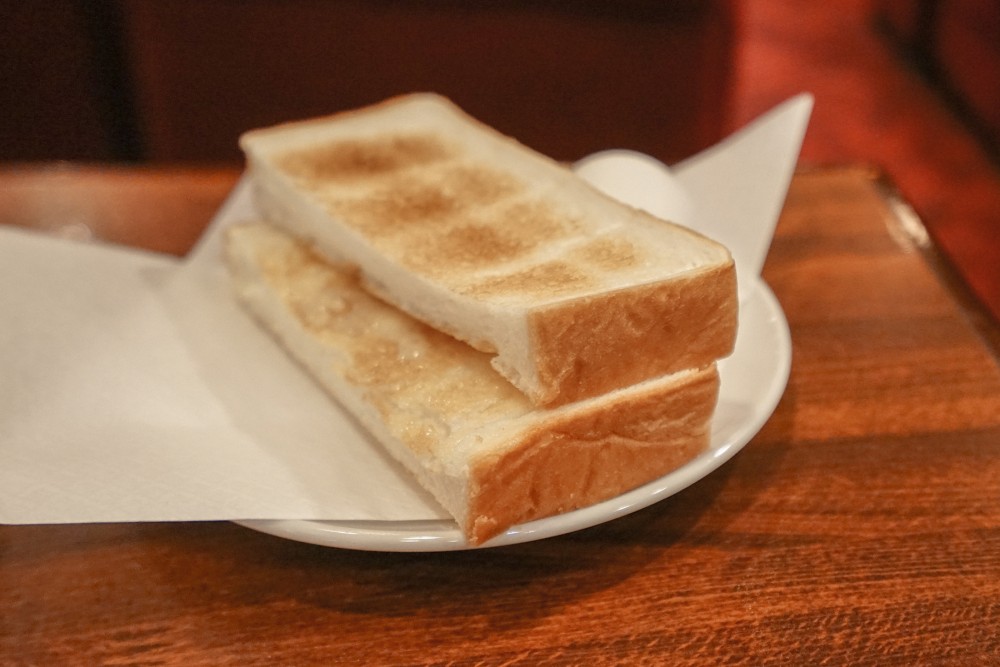
The basic gift of breakfast culture
| | Honcho, Osaka-three rounds of Tea Room Miwa for tea | |
Although it is located on the second floor of the Shipyard Center Building, which is located at the main station of the Osaka Metro Imperial tendon Line, it is a traditional wholesale distribution center in Osaka, and buyers from shopping malls and import stores will always pick up goods around here. Nearly 800 shops, including daily sundries, clothing, accessories, and so on, but also a lot of traditional civilian food. In the old-fashioned tea shop with a full sense of harmony, the third round of tea is on the second floor of Hall 9. Since its opening in 1970, I have always been attracted by the exquisite food models outside the window, which is one of the props always used in the old Showa style cafe.
Entered the dark brown glass door, inside the short red flannelette sofa, in the dim light still kept very clean. There are so many seats that you can find a comfortable seat and have a relaxing cup of traditional blended coffee (Blend Coffee). There is also a thoughtful service for breakfast, which replenishes your energy before a series of shopping trips.
Address: building B2F, Hall 9, Shipyard 3-3-9 Shipyard, Central District, Osaka City
Business hours: 07 / 30 / 30 / 19 / 00
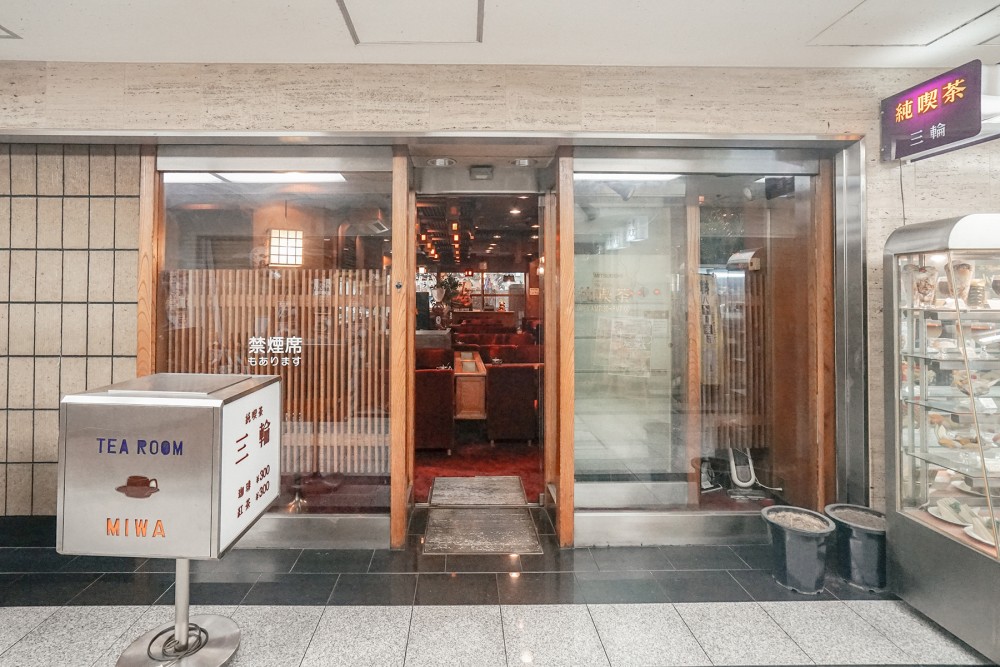
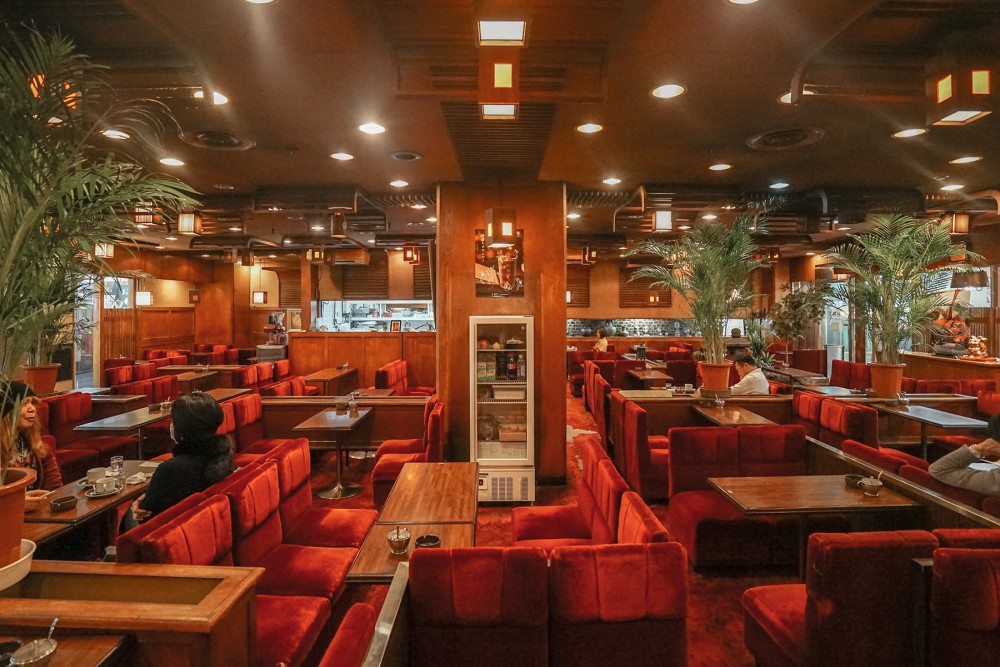
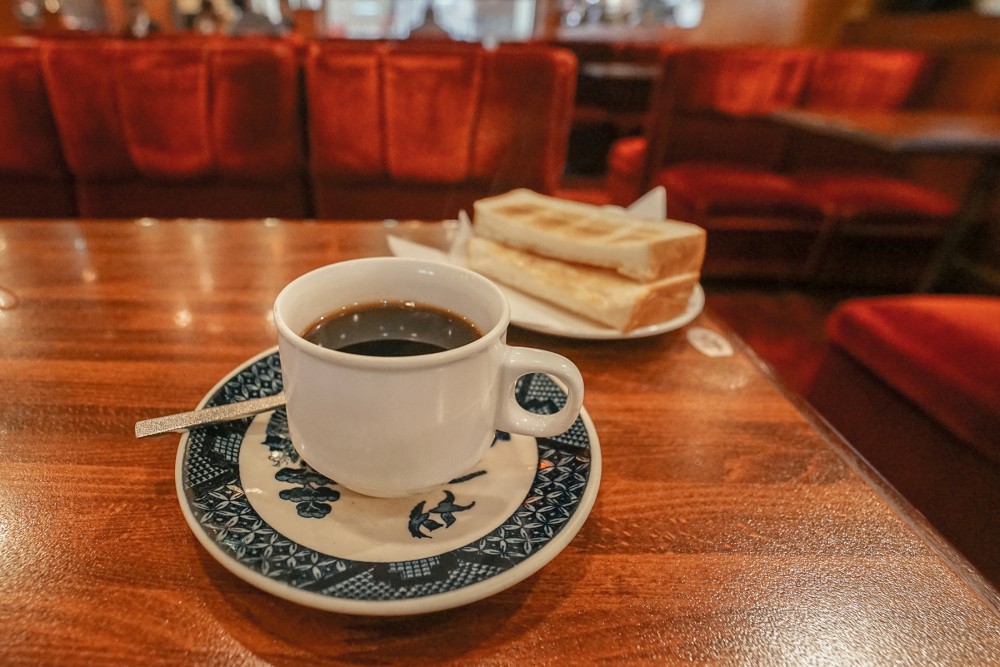
| | Kyoto, Shangjing District-Jingxiang Shizuka |
Opened in 1937, it is said that the original owner was a geisha, and this is her shop of the same name, and after the change of owners, she still retains this beautiful name for 80 years. To maintain the sense of decoration and many details of the opening year, even if the modification is only to change the color and lighting of the window frame, everything is still like time still, preserving the atmosphere of the space, with some details of Western antiques and the old flavor of Beijing coffee. It is also the attraction of Zhaohefeng Cafe.
Home-baked coffee has a unique deep-baked taste. Like many Showa cafes, it is always served with some sweets, their own muffins, soft taste, mixed with syrup cream, sweet but not greasy, and the bitterness of coffee is just flat.
Add: 164 Shangshansi-cho, shanghai, shanghai
Business hours: 09PUBG 30MUTHUTHANG 17GUBG 30 (scheduled weekends: every Wednesday)
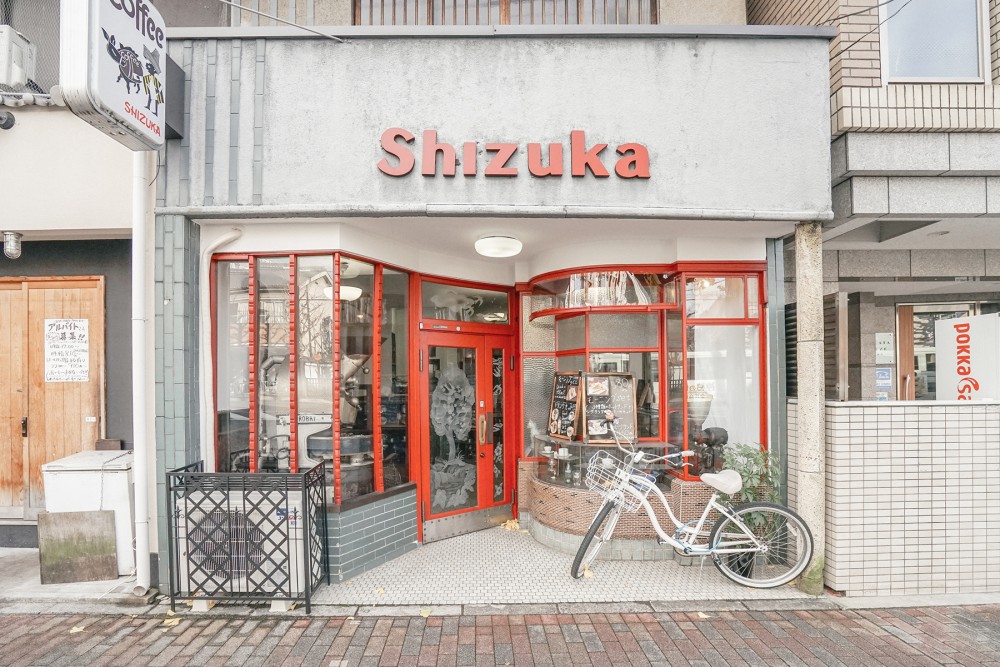
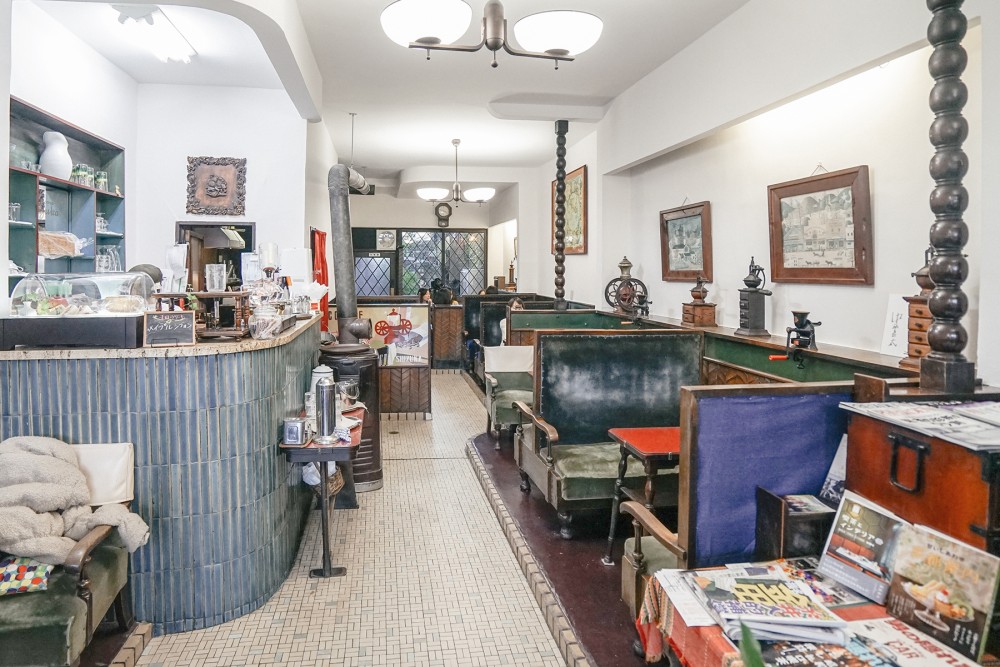
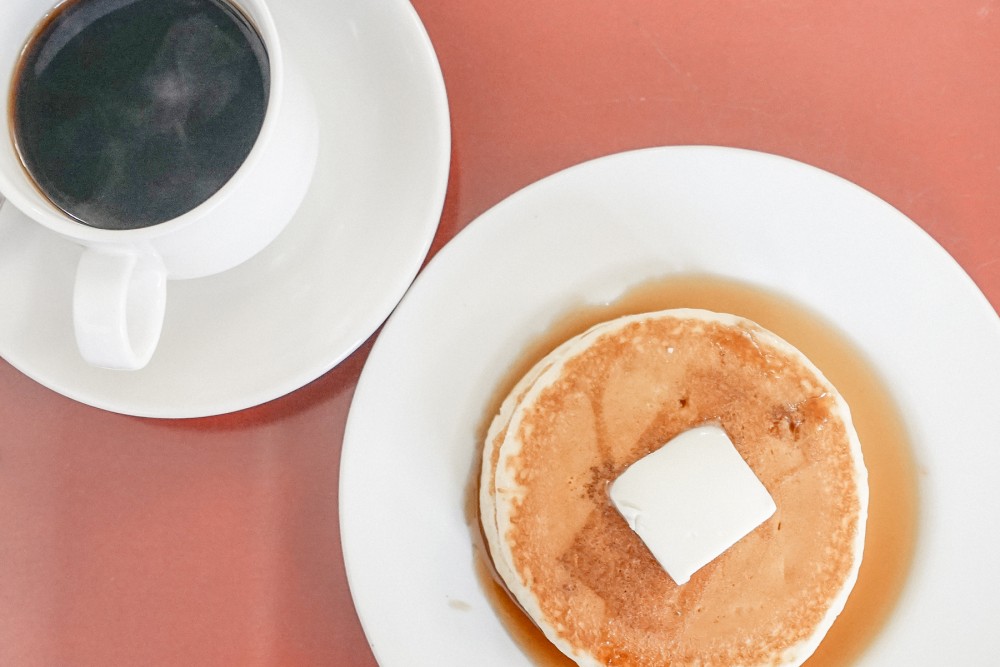
The next time you visit Japan, you might as well include this kind of Showa-style cafe as an itinerary option to experience the daily details of life on the ground and keep the atmosphere of time in the old-fashioned romance of the Showa era.

Chez Kuo
He visited more than 200 cafes a year. He loved the vision of a wide-angle lens and concise and powerful text, recording the characteristics and atmosphere of each cafe. This is the personal charm brought by Chez.
He started out as a trend magazine and is now a freelance editor, usually fighting fires for major trend magazines and media, writing some manuscripts to support himself. In 2016, he published his first book, Tokyo Coffee selections, which added to his identity as a writer and continued to feed himself with words. The second book, Coffee Kansai, is also coming soon.
Since childhood, influenced by Japanese pop culture, from clothing, sneakers and toys to coffee culture, every trip to Japan has constantly absorbed all kinds of highlights and discoveries, transformed into words and pictures to share the latest fashion pulse with more people.
Facebook / This is Chez
Important Notice :
前街咖啡 FrontStreet Coffee has moved to new addredd:
FrontStreet Coffee Address: 315,Donghua East Road,GuangZhou
Tel:020 38364473
- Prev
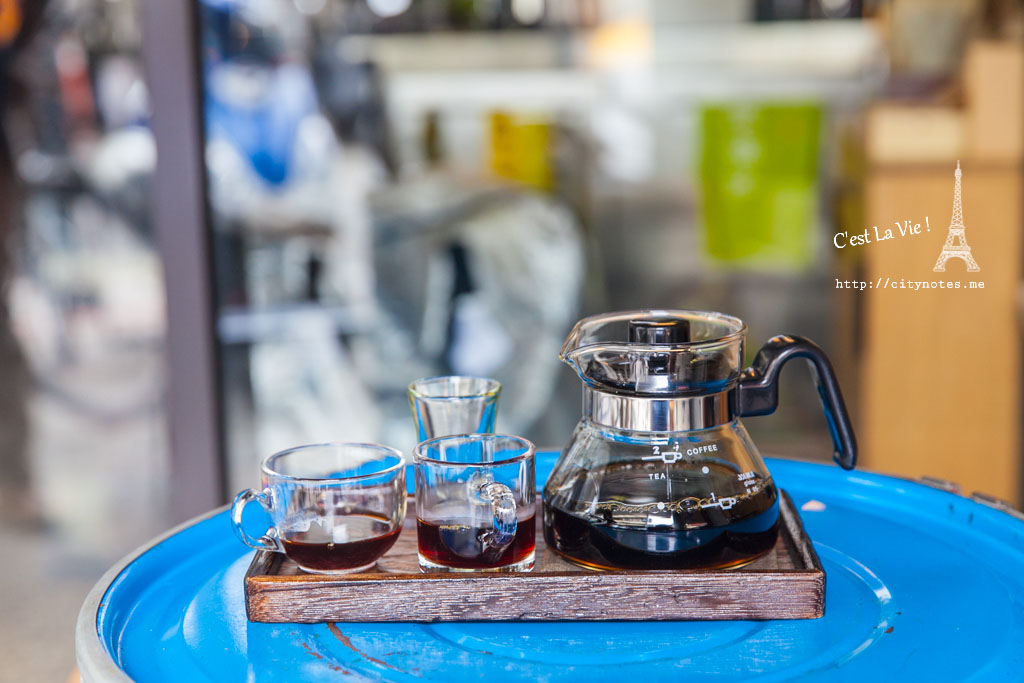
Taipei Hot Pot Coffee Luguo Cafe ● Coffee fans must not miss the Guandu main store
Professional baristas exchange please follow the coffee workshop (Wechat official account cafe_style) to Guandu, first to the pot to have a cup of coffee! On a hot summer day, a cup of coffee eliminates the aroma of coffee with music, and there are three lazy, coquettish cats. We hold our cheeks and talk about the big and small things around us, so we evaporate for 3 hours! I'm still having such a good time.
- Next

Story of the Coffee Man | the bride's secretary turned into a barista, Lin realized his dream.
Exchange of professional baristas Please follow the coffee workshop (official Wechat account cafe_style) next to the fence of Qiaoxin Primary School in Yuanlin City, Changhua County. Last month, a lovely cafe was quietly opened, with wooden decoration and a leisurely cabin atmosphere, and the cafe renovated by residential buildings also makes people feel at home. This is the starting point for the 42-year-old store manager Denise to realize his dream. The long hair shawl looks gentle, but he speaks with pleasure.
Related
- What documents do you need to go through to open a coffee shop? coffee shop coffee shop certificate processing process
- How to purchase Coffee beans in small Cafe how to choose a suitable supplier for domestic Coffee supply Company
- How to drink Starbucks Fragrance White Coffee? how to make Australian White Coffee? what Italian coffee beans are recommended?
- The Story of Flora Coffee: the name of Flora Coffee Bean and the implication of the Flowers on Florna Coffee
- How much does a cup of coffee cost? How much is the profit of a cup of coffee? What is the profit of the coffee shop in a year?
- Yunnan small Coffee, known as "fragrant Coffee", introduces the characteristics of Alpine Arabica Coffee producing areas in Yunnan, China
- 2023 latest Starbucks full menu price list how much is a cup of Starbucks coffee what is better to drink the most popular hot and cold drinks recommended
- Starbucks different kinds of Coffee Price list Starbucks menu 2023 Top Ten Best drinks in Starbucks
- Starbucks Spring praise Comprehensive matching Coffee Bean theme Story Packaging implication and taste description
- The cost of a cup of coffee latte American coffee cost price and selling price

